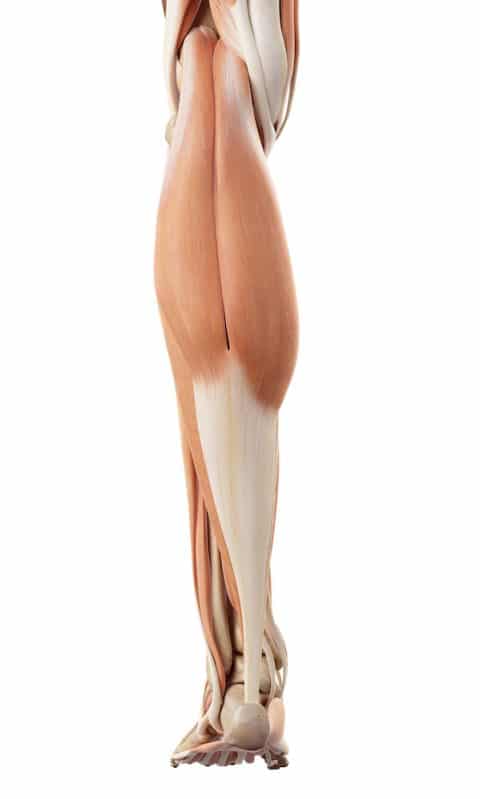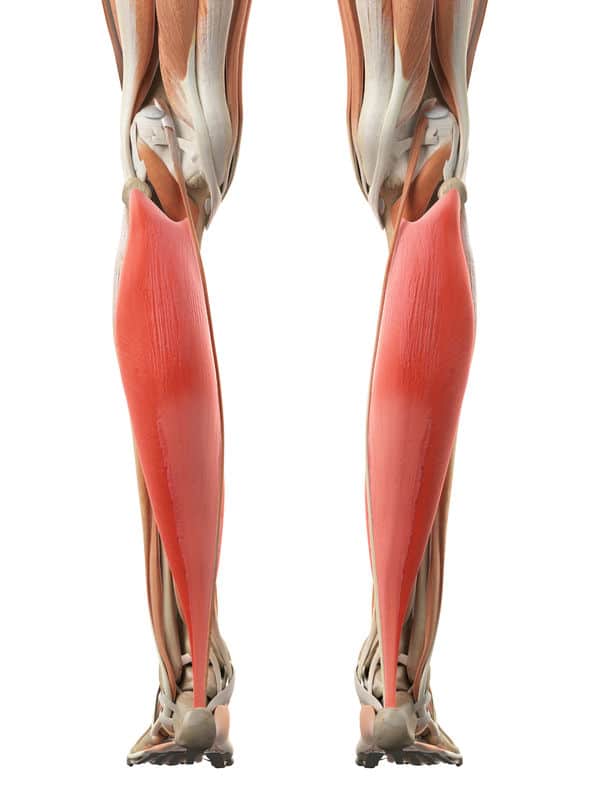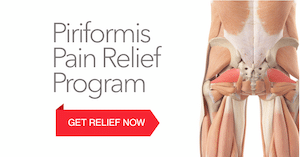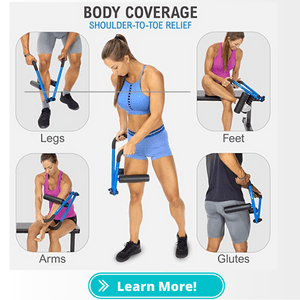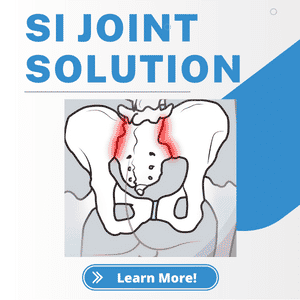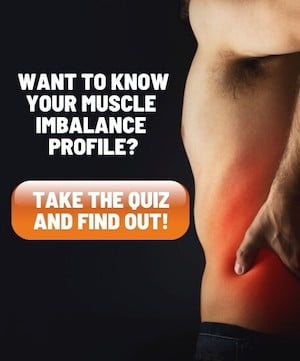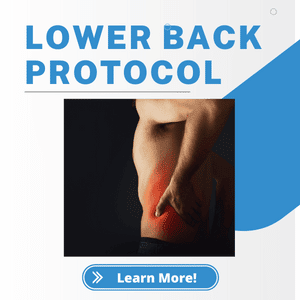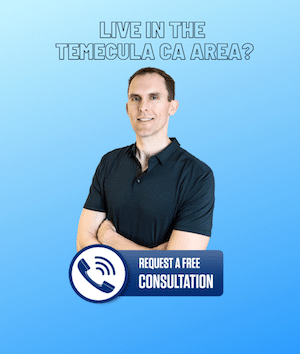Top 6 Calf Release Techniques
The calf muscle group involves 2 primary muscles: the gastrocnemius and the soleus. Both of these muscle merge into the achilles tendon.
The most common reasons for working on the calves include plantar fasciitis pain, and the inability to achieve optimal depth in the squat.
How to know if you may need the following calves release techniques:
- Anterior pelvic tilt
- Challenges squatting deeply
- Calf strain
- Ankle or knee pain
- Plantar fasciitis
Are Your Calves REALLY Tight?
How do you know if your calves are actually tight?
They can be tested with a goniometer passively (with a therapist), or actively with a knee reach test. Both of these tests can also include testing ankle mobility.
Watch the video below to learn more about calf flexibility testing.
Calf Release - Massage Therapy
The calves are generally very responsive to massage therapy work, but can often be very tender. They appear to respond well to medium pressure and many repetitions. Over time, as tolerance improves, the pressure can be progressively increased.
Calf Stretching - Standing - Gastrocnemius Version
The standing calf stretch is the most common way to improve calf flexibility. In particular, this standing version emphasizes the more superficial calf muscle, called the gastrocnemius, because the knee is straight.
It's a common error for the heel to rise during this stretch, which can make it difficult to access the muscle, so always make sure to follow the steps to maximize the stretch.
Calf Stretching - Standing - Soleus Version
The standing calf stretch can not only target the larger gastrocnemius, but also the deeper soleus muscle.
The difference between these stretches is simple: In order to access the soleus, the knee must be bent. Many people find it difficult to really feel the soleus muscle stretching, usually feeling more ankle restriction than stretch.
If this is the case, you may find the kneeling ankle mobilization to be more useful.
Calf Release With Percussion Therapy Tool
Percussion tools can be helpful for freeing up tight calf muscles. The easiest position in which to apply this technique is the half-kneeling.
This is additionally a good way to improve ankle mobility and squat depth.
Graston-IASTM Therapy Tool For Calves
Graston-type IASTM (instrument assisted soft tissue mobilization) tools can be helpful for improving calf flexibility and improving recovery.
These tools are mostly used by professional therapists, but the techniques can be safely implemented at home.
Foam Rolling Calves For Self-Massage
Self-massage for the calves is easily do-able with a standard foam roller. The goal is to roll with a light-moderate level of discomfort that allows you to comfortably work on the tissues.
When you find areas that are particularly tender, hold those points for 10-15 seconds, then move to another area.
Continue this process until you treat the areas that you can access effectively.
Related Muscles To Calf Release Techniques:
Tags In
Sam Visnic
Most Popular Posts
Categories
- Deep Gluteal Pain Syndrome (8)
- Deltoids (2)
- Foam Rolling (2)
- Glutes (9)
- Hamstrings (5)
- Hypnosis for Pain (3)
- Lats (2)
- Levator Scapulae (4)
- Lifestyle (8)
- Massage Therapy (39)
- Mobility (21)
- Movement and Exercise (19)
- Muscles (22)
- Nutrition (2)
- Obliques (1)
- Pain (25)
- Pectorals (3)
- Piriformis (3)
- Plantar Fasciitis (11)
- Psoas (11)
- Quadratus Lumborum (3)
- Quadriceps (2)
- Rhomboids (3)
- Sciatica (1)
- Serratus Anterior (1)
- SI Joint (14)
- Sternocleidomastoid (1)
- Stretching (18)
- Subscapularis (1)
- TMJ (2)
- Trapezius (1)
- Uncategorized (13)

